On August 21, a total solar eclipse will be able to be seen across the country for the first time since June 8, 1918, and it's going to be incredible. Retired NASA astrophysicist Fred Espenak spoke to ABC News about what to expect and said:
It's unlike any other experience you've ever had. It's a visceral experience; you feel it. The hair on your arms, on the back of your neck stand up. You get goosebumps. You have to be there.
The total solar eclipse will likely last for 2 minutes and 40 seconds, but typically eclipses of this kind can last up to 7 minutes. Still, you don't want to miss a second of this once in a life time experience. Not only is it an incredible moment to witness, but it also is the first continent-wide eclipse only visible in the US since 1776. Yeah, 1776 like ... When this country was founded.
There are many different ways you will be able to watch broadcasts of the eclipse on TV, but the Weather Channel will have a full slate of programming centered around it called "The Total Solar Eclipse". It will be hosted by the Weather Channel's Jim Cantore and Stephanie Abrams and it will feature an immersive, educational augmented reality experience.
Augmented reality was certainly not around in 1918, which makes this total solar eclipse even more of an experience. The channel plans to create an augmented reality environment to help viewers easily understand the astronomy and science behind a total solar eclipse. It will render solar systems, temperature drops, and an animation of what the solar eclipse will look like so that those hosting the show can easily, visually point out the information that their viewers need.
In a press release, the Weather Channel stated:
Using advanced mixed-reality technology, The Weather Channel will take viewers outside, and through the entire big day in just a few minutes. With dramatic shots and 3D graphics, viewers will be transported to the beginning, middle and end of the event -- and even into outer space -- to get a close-up perspective of the amazing phenomenon.
The Weather Channel's eclipse broadcast shows a push from the network towards integrating augmented reality into their coverages. They have even won awards for their innovative augmented and mixed reality technology. Previously, they have used AR to render 3D storms and 3D forecasts in order to better show audiences what will be happening in the weather near them.
If you'd like to know when you'll be able to view the solar eclipse, take a look at NASA'S interactive map and click on your area to get an approximate time.
Just updated your iPhone? You'll find new features for Podcasts, News, Books, and TV, as well as important security improvements and fresh wallpapers. Find out what's new and changed on your iPhone with the iOS 17.5 update.
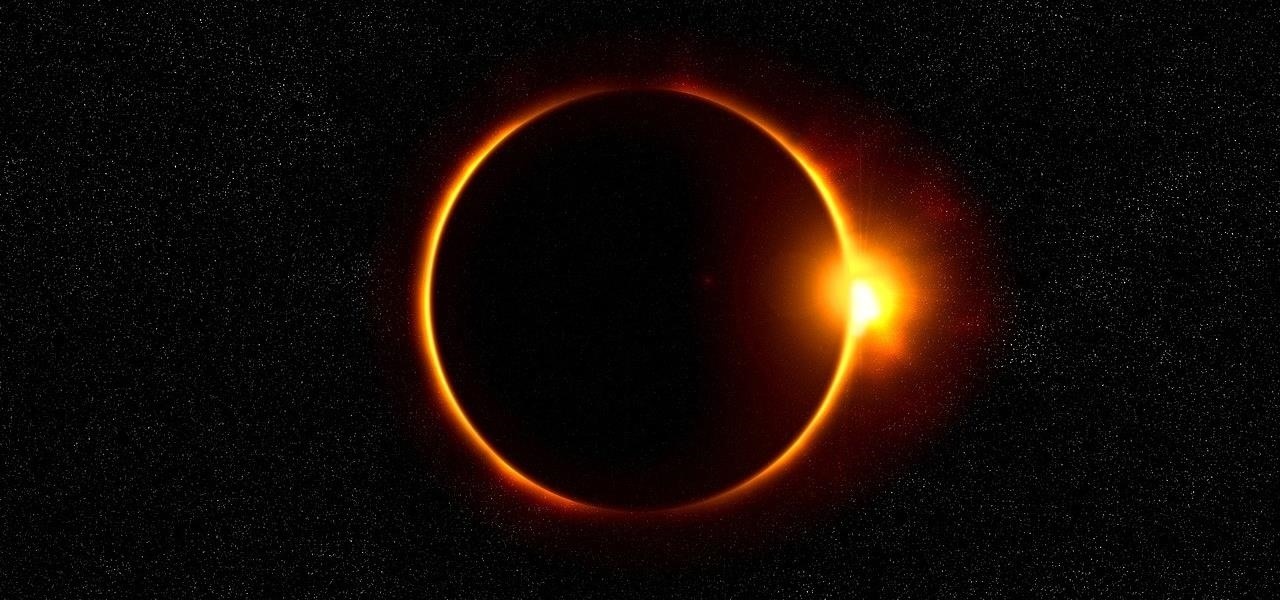







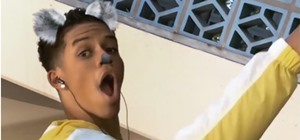


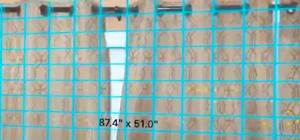




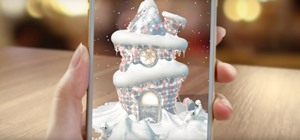
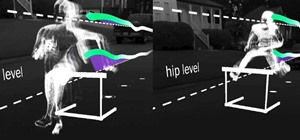
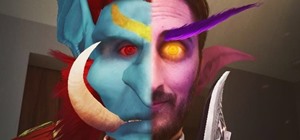
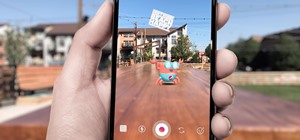
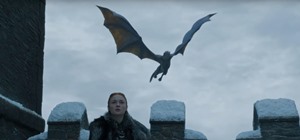

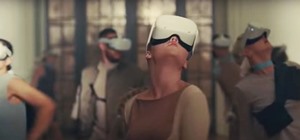

Be the First to Comment
Share Your Thoughts